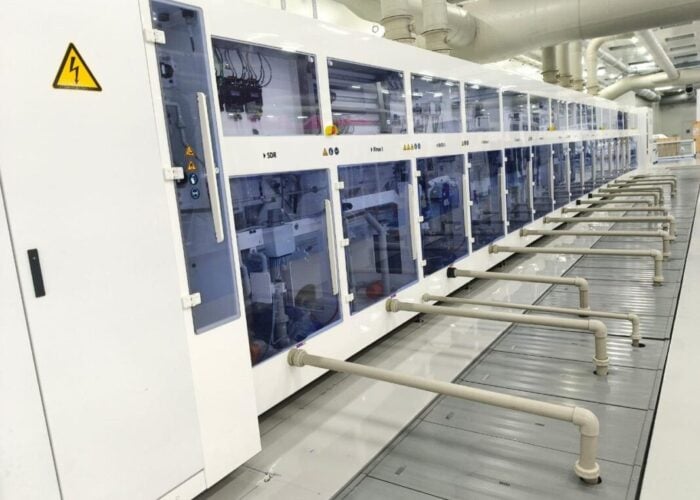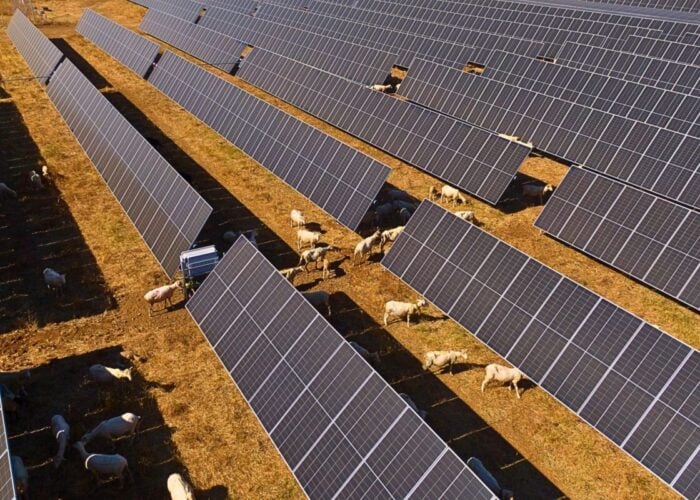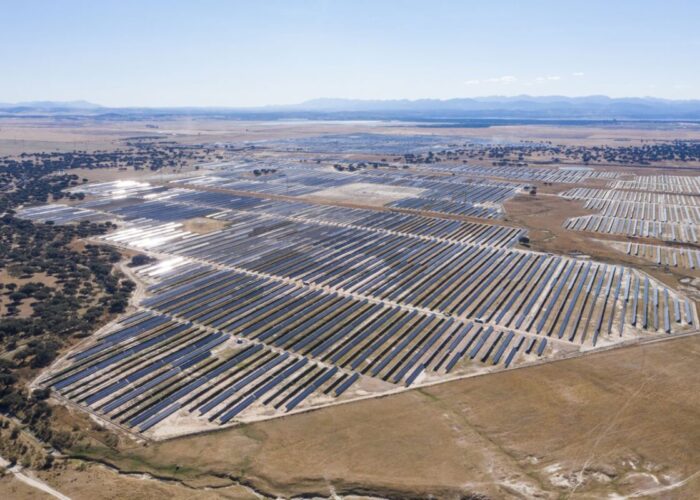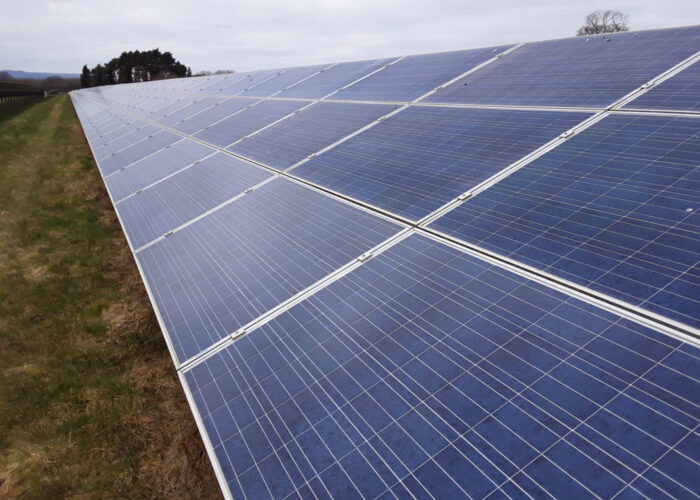Product Briefing Outline: 3M has introduced its Ultra Barrier Solar Film for flexible thin-film technologies into volume manufacturing. The product is the result of more than a decade of development in transparent barrier technology, having the potential to drastically reduce the total system costs for rooftop solar installations. The film's unique module form factor also offers an array of niche applications.
Problem: Transparent barrier layers have previously suffered from degradation, reducing power output and in a flexible substrate have lacked long-term moisture barrier and overall weatherability. The need for a robust film enables the design of unique module form factors that could enable lower cost-per-watt for flexible thin-film applications.
Unlock unlimited access for 12 whole months of distinctive global analysis
Photovoltaics International is now included.
- Regular insight and analysis of the industry’s biggest developments
- In-depth interviews with the industry’s leading figures
- Unlimited digital access to the PV Tech Power journal catalogue
- Unlimited digital access to the Photovoltaics International journal catalogue
- Access to more than 1,000 technical papers
- Discounts on Solar Media’s portfolio of events, in-person and virtual
Solution: 3M Ultra Barrier Solar Film is said to act as a replacement for glass with high light transmission, superb moisture barrier performance, and weatherability. Compared with glass-glass modules, large-area, lightweight flexible PV modules can achieve lower balance of systems (BOS) costs by requiring less installation time, removing the need for metal racking, and reducing logistics expenditures. 3M Ultra Barrier Film is also claimed to lower module manufacturing costs by allowing manufacturers to commercialize large-area modules, effectively reducing fixed costs associated with module manufacturing, assembled in a continuous roll-to-roll process.
Applications: Flexible thin-film technologies such as CIGS, CdTe and OPV solar modules and roll-to-roll manufacturing processes.
Platform: It is highly transparent, provides moisture vapour transmission rates (MVTR) below 5 * 10-4 g/m(2)/day, and is said to demonstrate excellent durability.
Availability: October 2010 onwards.







